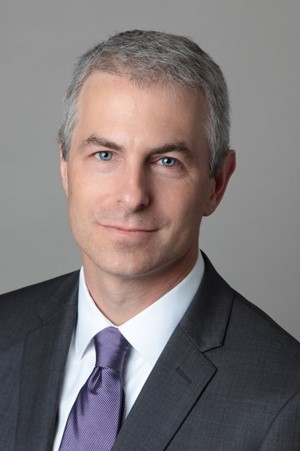Its not the job of market participants to tell elected officials what to say or not to say, but it is our job to consider the consequences of their remarks. And thinking through President Trumps recent criticism of monetary policy, there are reasons to be concerned. The criticism is remarkable not for its pointedness but rather for the break with precedent.
In recent decades, administrations have avoided commenting on monetary policy in recognition of the Federal Reserves independence from politics. In addition, that the criticism has come as a result of just a six percent decline in the S&P500 raises questions about how the President would respond to a meaningful economic shock, and what sort of pressure the administration might put on Federal Reserve officials in such an event.

To be clear, there is no reason to doubt that Federal Reserve policymakers will remain faithful to their statutory mandate of promoting price stability, maximum employment and moderate long-term interest rates, tuning out any political pressure in the process. Markets appear to have the same view. Any serious concerns about a politicized central bank would most immediately be reflected in wider breakeven rates of inflation derived from Treasury securities, but these measures remain in recent ranges. The fact that President Trumps appointments to the Board of Governors are all well-qualified individuals likely contributes to market confidence that the central bank will act independently of political pressure. And one could argue that there is a silver lining in the Presidents criticisms, as they suggest that the Federal Reserve is indeed setting monetary policy without input from the White House.
The real issue with President Trumps comments is that in certain circumstances they can create a perception that the Federal Reserve is bending to politics, an outcome which can have negative consequences for public and private borrowing costs. Take the following example: imagine that at some point in the coming months, a combination of tighter financial conditions, weaker inflation and a deceleration in growth – perhaps as a result of tariffs – makes the FOMC more concerned about downside risks to the outlook. In such a scenario, the FOMC could reasonably decide to put the interest rate normalization cycle on hold, skipping a quarterly interest rate increase. Such a decision would represent monetary policy as usual – the FOMC would simply be adjusting policy in reaction to new information that changes their expectations for the economy or the distribution of risks around their central case. And in the present context, the public should view a pause in the tightening cycle as well-telegraphed and reasonable. After all, the Committees projections already incorporate a pause in the tightening cycle at some point next year.
And Chairman Powell has also stressed the importance of a risk management approach to monetary policy as the FOMC attempts to balance upside inflation risks if policy tightens too slowly, and recession risks if the FOMC raises rates too quickly.
But herein lays the issue. The Presidents comments can create the impression that at least on the margin, the decision to pause the tightening cycle was influenced by political pressure. And in the hypothetical situation outlined above – weaker data, falling inflation, and perhaps further declines in stock prices – the President would likely be criticizing the Federal Reserve in close proximity to the meeting at which the FOMC decides to pause.
The situation should not be taken lightly. The US dollar remains the worlds premier reserve currency, in no small part because of the faith in US institutions including the Federal Reserve. At a time of soaring deficits that will require even greater reliance on foreign investment in US Treasuries, any actions that call into question the credibility and independence of the central bank can have devastating consequences for the governments funding costs and the durability of the current expansion.
Steven Friedman is a Senior Economist with BNP Paribas Asset Management in New York City.





